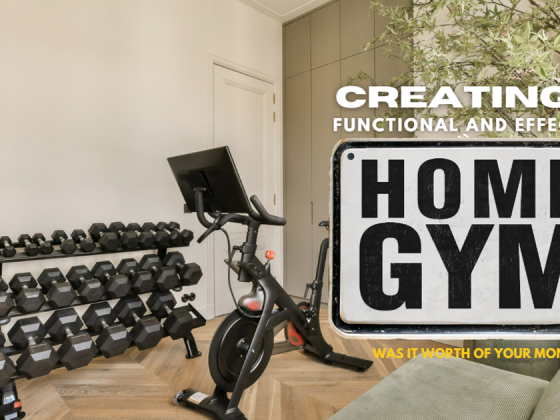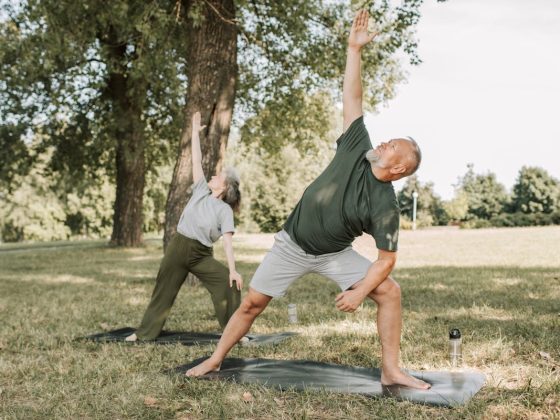Imagine a game that blends the finesse of tennis with the intensity of squash, played on a court that’s one-third the size of a traditional tennis court. Welcome to the exhilarating world of padel tennis! Whether you’re a seasoned athlete seeking a new challenge or a curious beginner dipping your toes into the racquet sports universe, this guide will equip you with everything you need to step onto the Padel court with confidence.
1. What Is Padel Tennis?
The Basics
Padel, sometimes called “padel tennis,” originated in Mexico during the late 1960s and quickly gained popularity across Latin America. It then spread like wildfire to Europe and beyond. Picture a rectangular court enclosed by glass walls and mesh screens, where players engage in fast-paced rallies, strategic shot placement, and heart-pounding action. P
Padel is a mix between tennis and squash, combining action with social interaction and fun. It’s an ideal game for all ages and abilities, as points are won by strategy more than sheer strength and power. Played in doubles on an enclosed court, padel offers a unique experience that’s easy to learn and perfect for families with mixed skill levels. While the correct name is Padel, it’s sometimes referred to as paddle tennis or paddeltennis.
The Court and Equipment
Court Size: One-third the size of a tennis court, a padel court offers a more intimate playing experience.
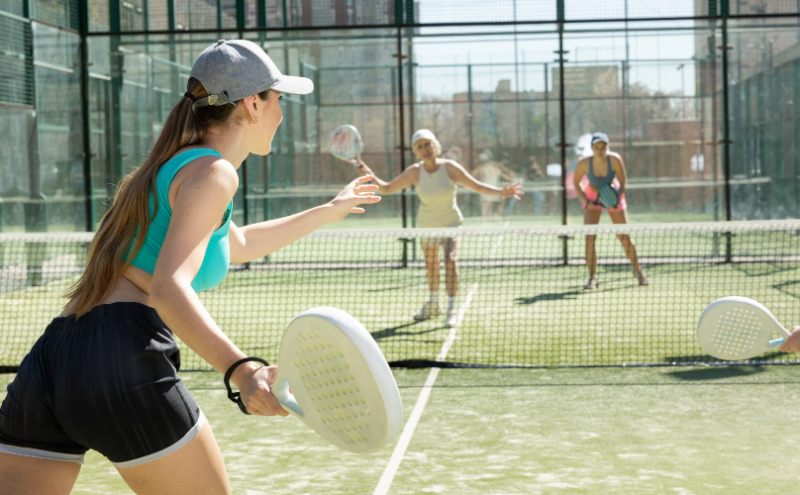
Paddles: Solid, perforated paddles (similar to beach tennis paddles) are wielded by players.
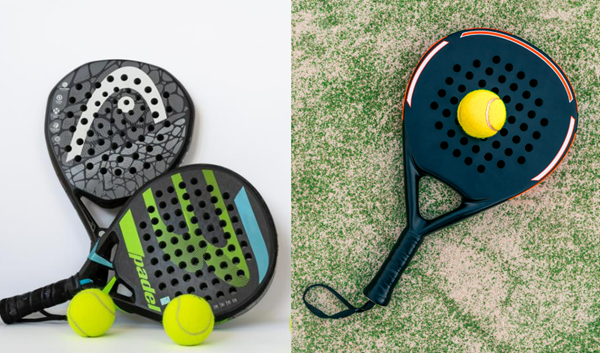
Ball: A slightly depressurized tennis ball for controlled play.
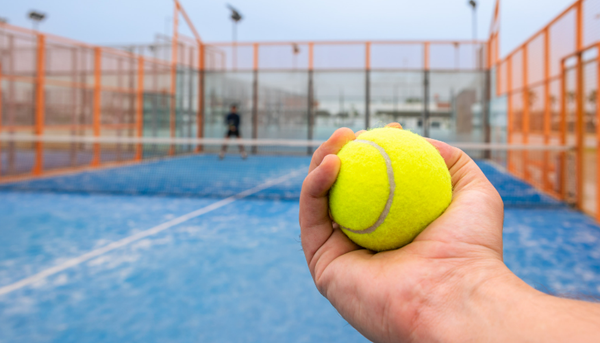
Footwear: Opt for tennis or indoor court shoes for stability and traction.

2. How to Play Padel: A Step-by-Step Guide
Serving Up Success
- Underhand Serve: Begin with an underhand serve, aiming to bounce the ball on both sides of the net.
- Wall Volley: After the serve, players can volley the ball directly off the walls—yes, those walls are fair game!
- Strategic Placement: Use the walls strategically to keep your opponent guessing.
Mastering the Art of Rally
- Positioning: Stay close to the net for quick reactions.
- Teamwork: Padel is often played in doubles, so communication and coordination with your partner are crucial.
- Variety of Shots: Practice forehands, backhands, volleys, bandejas (smash shots), and lobs.
3. Padel Rules: The Nitty-Gritty
Now, let’s dive into the specifics of padel rules:
Scoring and Match Structure
- Points: The scoring system follows the sequence of 15-30-40-Game. When both players reach 40 points, the player with a two-point advantage wins the game.
- Sets: A player wins a set after securing six games with a minimum 2-point lead.
- Match: To win a match, a player or team must clinch two out of three sets.
- Deuce: When tied at 40-40, the match must be won by a player or team securing two consecutive points.
- Tie-Break: If the score reaches 6-6, a tie-break game determines the winner. The tie-break continues until one side has at least 7 points and a 2-point lead.
- Intervals and Changes: Players switch ends in the first and third games. Tie-breaks involve end changes every 6 points. Rest periods are allowed between sets.
Teamwork and Positioning:
-
- Doubles Play: Padel is typically played as doubles (2 vs. 2). Communication and teamwork are crucial. Coordinate with your partner to cover weaknesses and create attacking opportunities.
- Court Positioning: Ensure you and your teammate are in the right positions:
- Back of the Court: Defend your corner and be ready to move forward.
- Net Position: Cover gaps with your partner and anticipate opponents’ shots.
- Finishing Points: Know when to attack and when to maintain the net.
Serving and Gameplay Techniques:
-
- Serving: Serve underhand and below the waist. You have two chances for a successful serve. Stand behind the service line, and the receiver can stand anywhere.
- Gameplay Rules:
- Balls end rallies after bouncing twice, touching the fencing, or hitting you or your teammate.
- The ball is in play if it hits any part of the court (including walls) on the opposing team’s side.
- It can bounce off walls but must touch the floor only once before returning.
- You have one chance to return the ball to your opponent.
4. How to play Padel on both sides of the court
- Balancing Court Coverage:
- Forehand and Backhand Shots: By alternating sides, you ensure that both you and your teammate can use your stronger shots effectively. For example, if you have a powerful forehand, playing on the right side allows you to attack with confidence. Meanwhile, your partner can cover the left side with their strong backhand.
- Adapting to Opponents: Different opponents have varying playing styles. By switching sides, you can adjust your positioning based on your opponents’ shots. If they consistently target one side, you can adapt and defend accordingly.
- Creating Angles and Opportunities:
- Cross-Net Shots: Playing on both sides allows you to hit cross-net shots. These shots surprise opponents and create wider angles, making it challenging for them to defend. A well-placed cross-court shot can catch your opponents off guard.
- Net Play: Being at the net (volley position) is crucial. By alternating sides, you can take turns being closer to the net. This allows you to intercept volleys, block smashes, and put pressure on opponents during net exchanges.
- Avoiding Predictability:
- Predictable Patterns: If you always play on the same side, opponents can anticipate your shots and strategies. By switching sides, you keep them guessing and maintain an element of surprise.
- Confusing Opponents: Imagine hitting a powerful forehand from the right side, and in the next rally, your partner executes a similar shot from the left side. Opponents won’t know where to position themselves, leading to errors.
- Communication and Teamwork:
- Covering Weaknesses: Everyone has strengths and weaknesses. By playing on both sides, you can cover each other’s vulnerabilities. For instance, if your partner struggles with backhand shots, you can take over that side.
- Setting Up Plays: Effective communication is easier when you switch sides. You can signal your intentions (e.g., “I’ll cover the left; you take the right”) and coordinate movements seamlessly.
Benefits of Playing Padel
Padel isn’t just about the thrill of the game; it offers a host of healthy body and social benefits.
- Improves Cardiovascular Health: The fast-paced nature of Padel gets your heart pumping, benefiting your cardiovascular system.
- Boosts Mental Health: Social interaction during matches can enhance mood and reduce the risk of depression.
- Enhances Balance and Coordination: Moving both vertically and horizontally across the court sharpens your balance and coordination.
- Accessible for All Ages and Abilities: Whether you’re a beginner or a seasoned player, Padel welcomes everyone.
The Padel As Trending Sports
Remember the basics of how to play Padel as you grip the paddle and step onto the court, Padel is not just about individual skills; it’s about working seamlessly with your teammate. Practice, communicate, and enjoy the fast-paced game while enjoying its health benefits for your body and mind.
Practice your underhand serves and experiment with wall volleys; relish the joy of improvement. Engage in friendly matches, soak up tips from seasoned players, and don’t shy away from asking questions. Remember, every point won is a step toward unraveling the magic of padel. Whether you’re a weekend enthusiast or a future pro, the court awaits your next move.
How to play Padel involves connecting with fellow players, sharing stories, and celebrating victories—both big and small. Join local clubs, participate in tournaments, and discover the joy of doubles play. As you strategize with your partner, feel the adrenaline surge during intense rallies, and witness the ball ricochet off the walls, you’ll realize that Padel transcends mere competition. It’s a lifestyle—a dynamic blend of athleticism, laughter, and shared passion. So, grab your paddle, step onto the court, and let the exhilarating rhythm of pPadel sweep you away.

